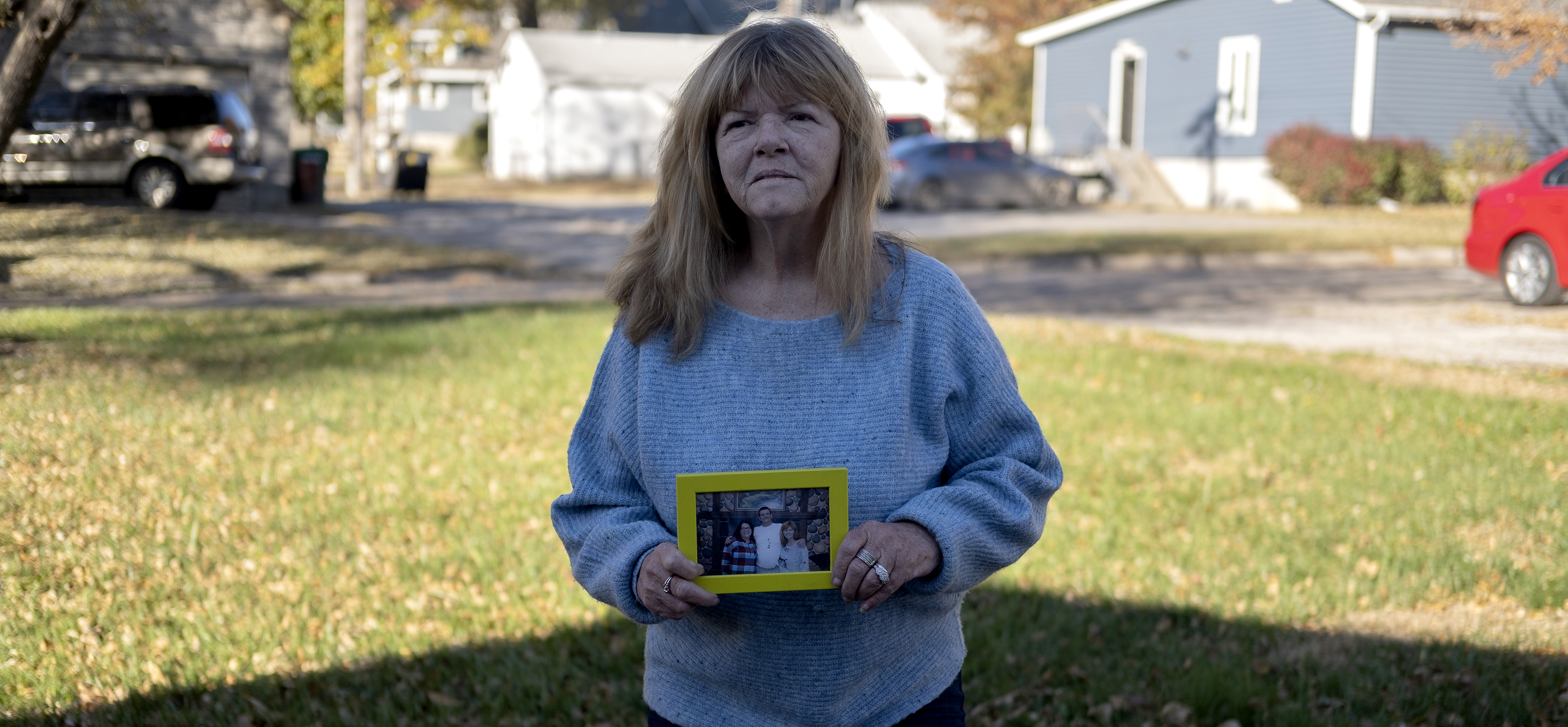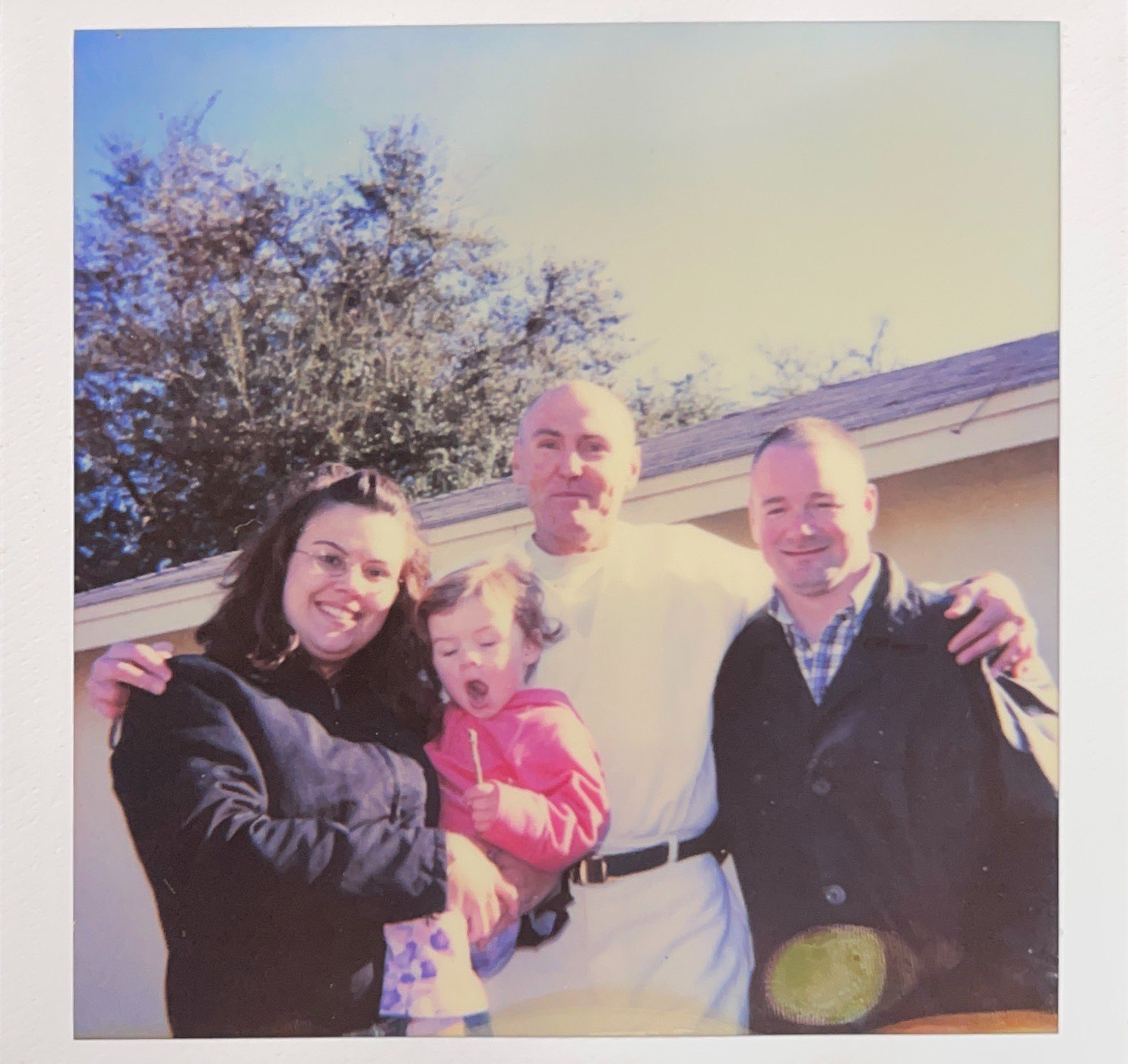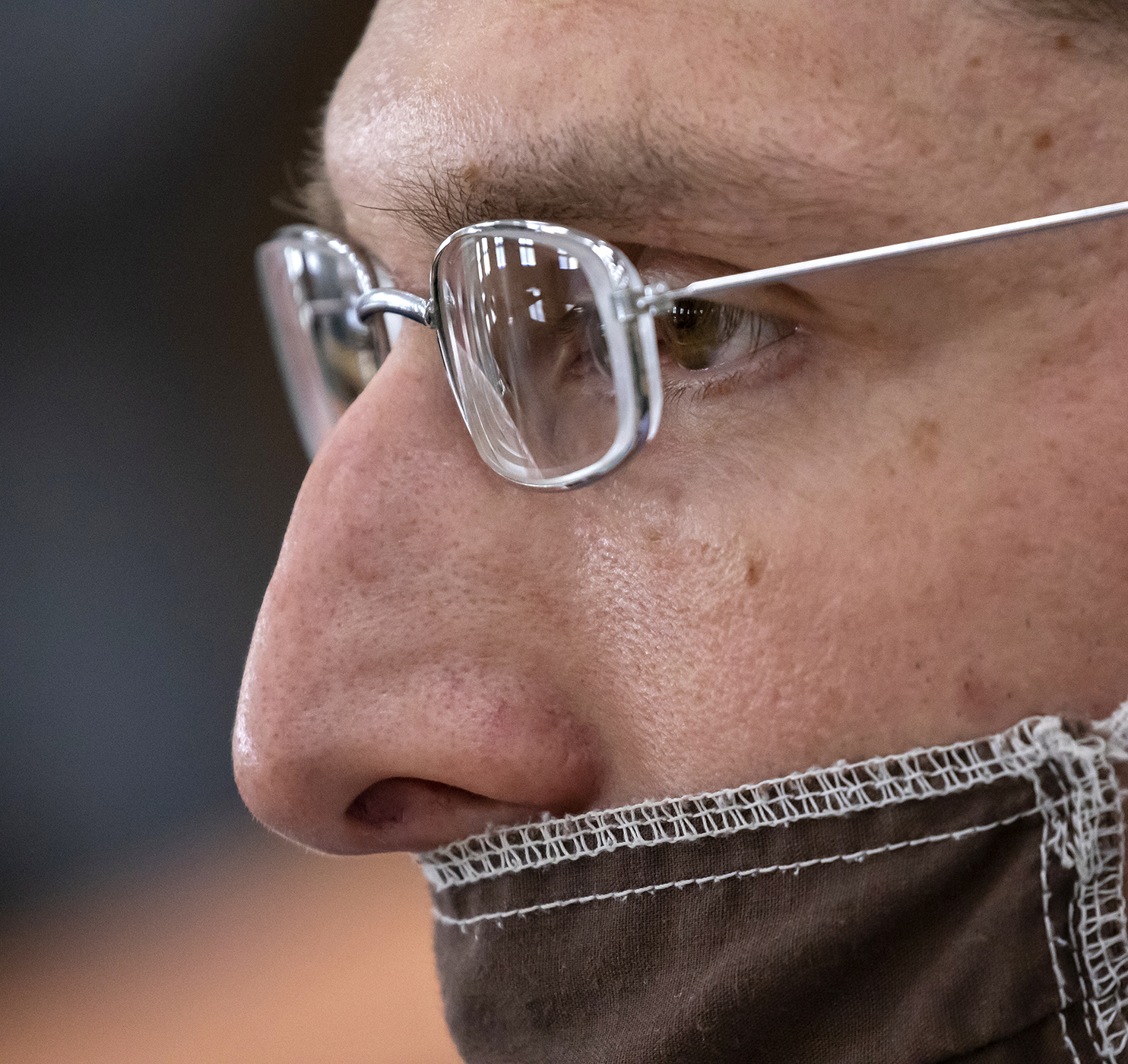
There is a simple, outright cure for hepatitis C. But state prisons across the country are failing to save hundreds of people who die each year from the virus and related complications.
A STAT investigation has found that more than 1,000 incarcerated people died from hepatitis C-related complications in the six years after a curative drug hit the market. The death rate in 2019 was double that of the broader U.S. population.
In the stories on this page, reporter Nicholas Florko documents prisons’ blatant refusal to test and treat people with the condition, even, in some cases, in the face of legal orders to do so. He introduces incarcerated people who watched their health deteriorate or lost their lives because of the rationing of hepatitis C drugs. Prisons say the medicine, even as its price drops, is too expensive for them to distribute widely. But incarcerated people are fighting back: Some have fought for the treatment in the courts and won, forcing the system to care for them and, in some cases, other incarcerated hepatitis C patients.

Death, despite a cure
More than 1,000 incarcerated people died from hepatitis C-related conditions in the six years after a cure hit the market, including John Ritchie, leaving behind grieving loved ones like Charlene Hill.Read The Story

The worst states
In 2022, whether an incarcerated person gets cured of hepatitis C is largely determined by where they’re locked up.Read The Story
‘Living hell’
Lying in a soiled bed, pain preventing him from moving for days, Carl Hoffer died because his prison refused to treat his hepatitis C. Experts say it’s cruel and unusual punishment.Read The Story
An $84,000 cure
Most prisons say they can’t afford to treat everyone with hepatitis C. But some have figured out how to make the math work.Read The Story
A crisis kept hidden
Prisons are supposed to report why people die behind bars, but the information they share is often useless.Read The Story
‘This is going to change things’
Phil Turney’s lawsuit, written on a typewriter in prison, forced the state to treat everyone in its custody with hepatitis C.Read The Story
‘I just wait for a phone call’
Cindy Trevino was planning to marry her partner when he got out of prison. Instead, suddenly, she had to plan his funeral.Read The Story
‘You want to give life’
Mathiew Loisel was diagnosed with hepatitis C a few years into a 30-year sentence in Maine. Now, he’s cured — and eager to fight for better care for the people around him.Read The StoryAbout the project
Reporting and data analysis: Nicholas Florko
Research: Kate Sheridan
Editing: Erin Mershon
Art and photo direction: Alissa Ambrose
Illustration: Natsumi Chikayasu
Video reporting: Alex Hogan
Additional editing: Gideon Gil, Rick Berke
Copyediting: Sarah Mupo and Karen Pennar
Page design: Jennifer Keefe, Julia Bujalski
About the reporting
STAT’s investigation is based on interviews with nearly 100 people around the country, including incarcerated patients and grieving families, prison officials, and legal and medical experts. Reporter Nicholas Florko also filed more than 225 public records requests and combed through thousands of pages of legal filings to tell these stories. His analysis of deaths in custody is based on a special data use agreement between STAT and the Department of Justice.
You can read more about the reporting for this project and the methodology behind our calculations.
The series is the culmination of a reporting fellowship sponsored by the Association of Health Care Journalists and supported by The Commonwealth Fund.